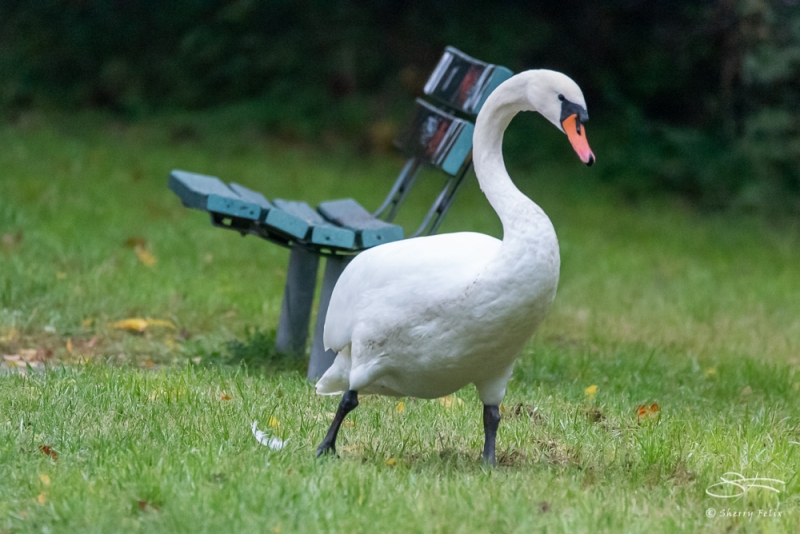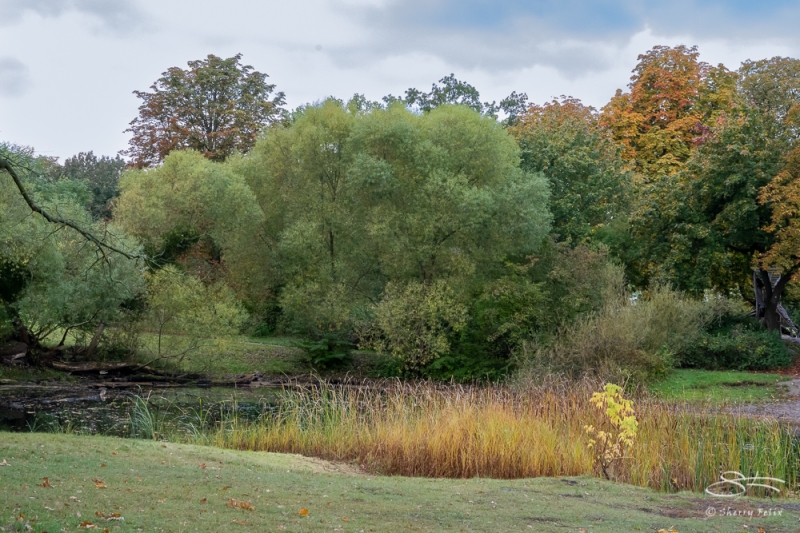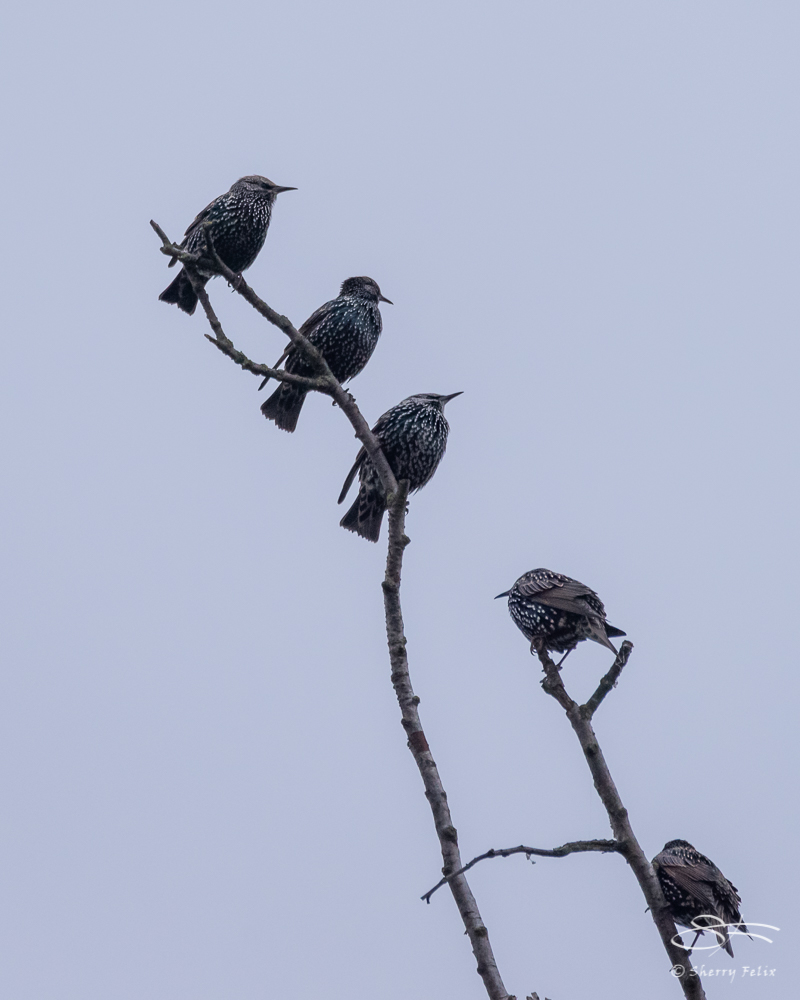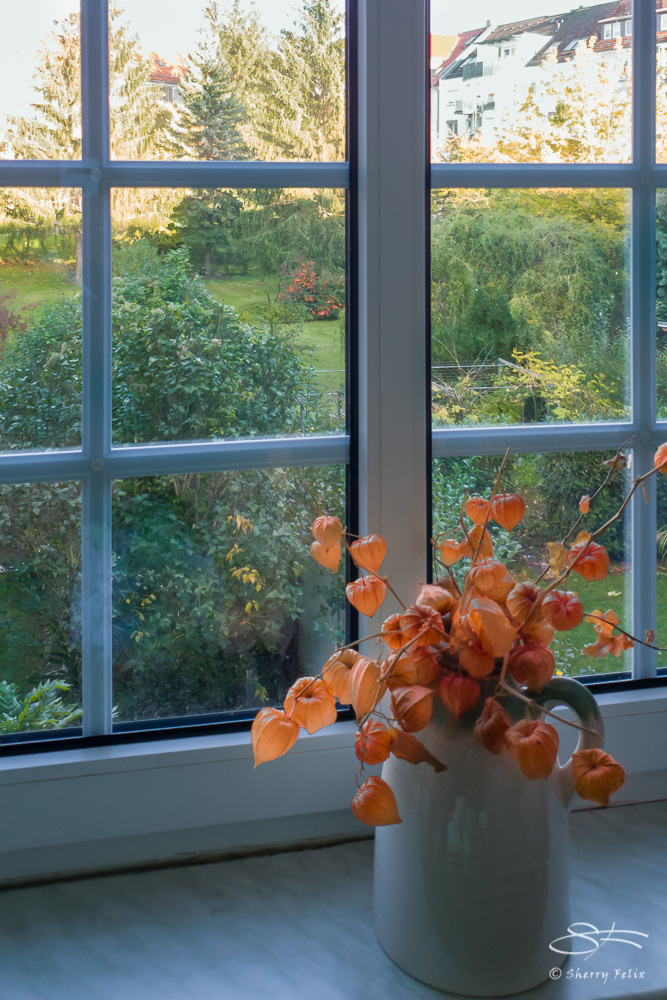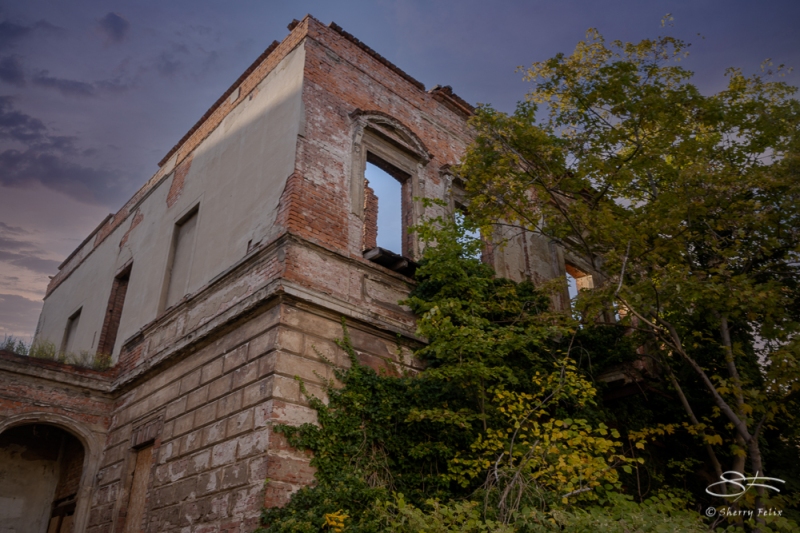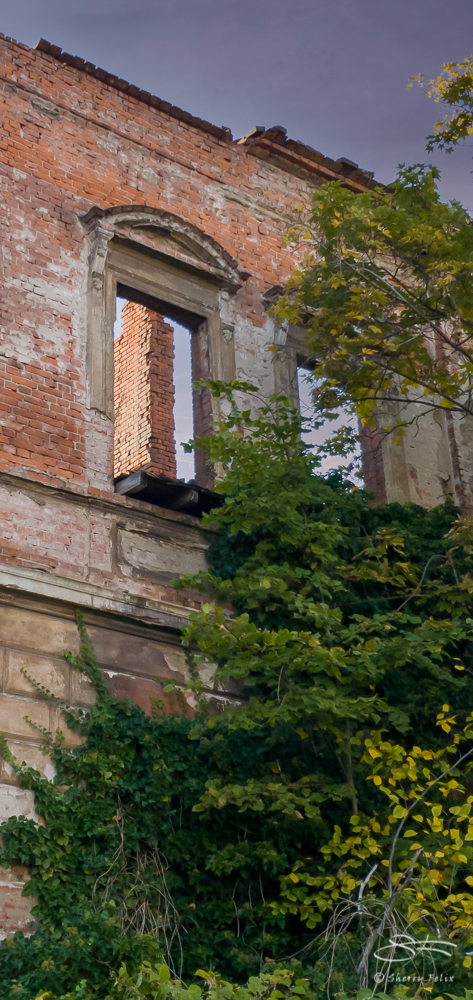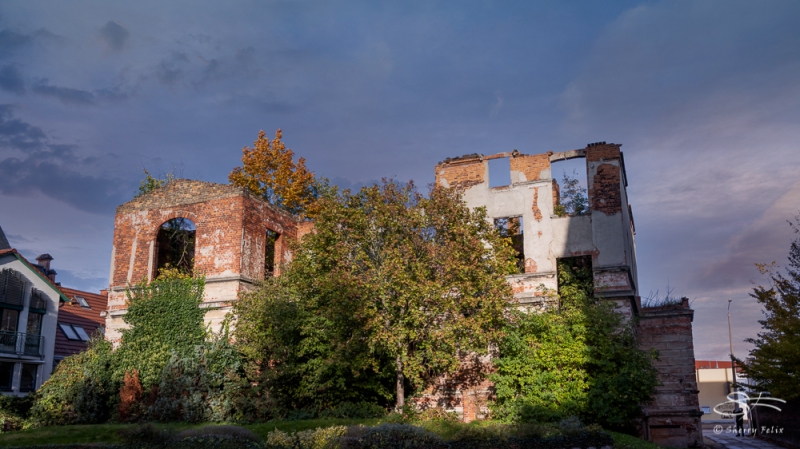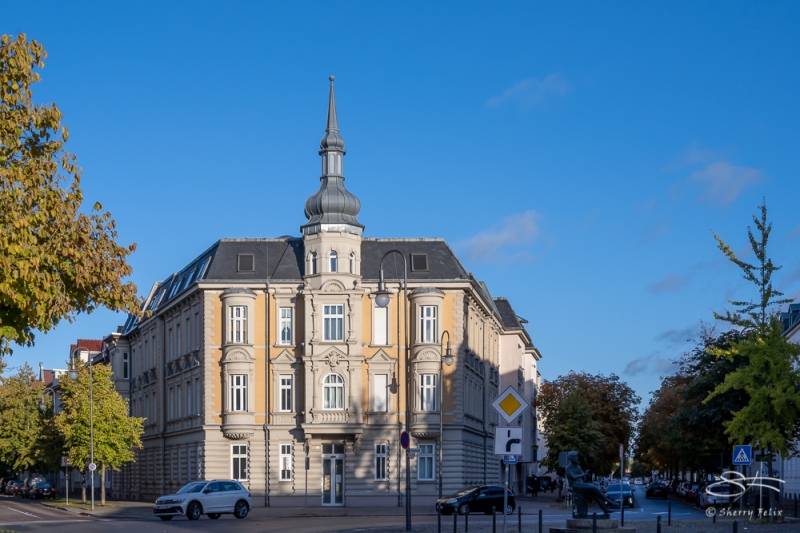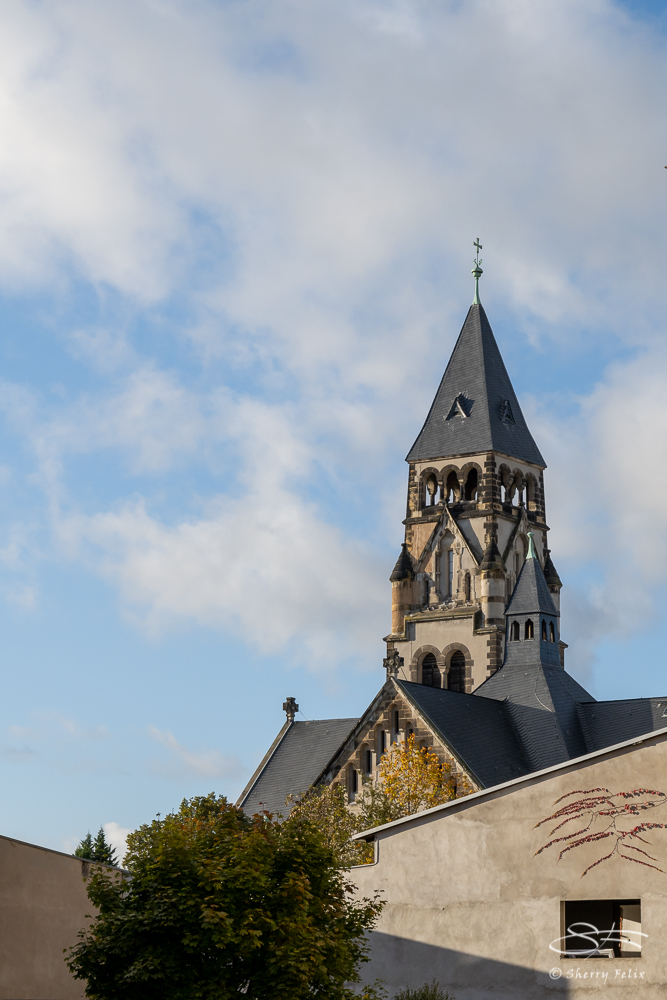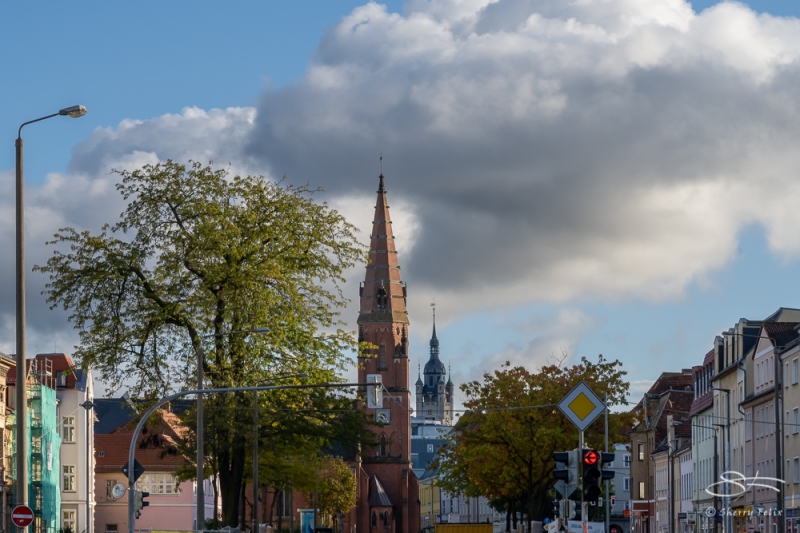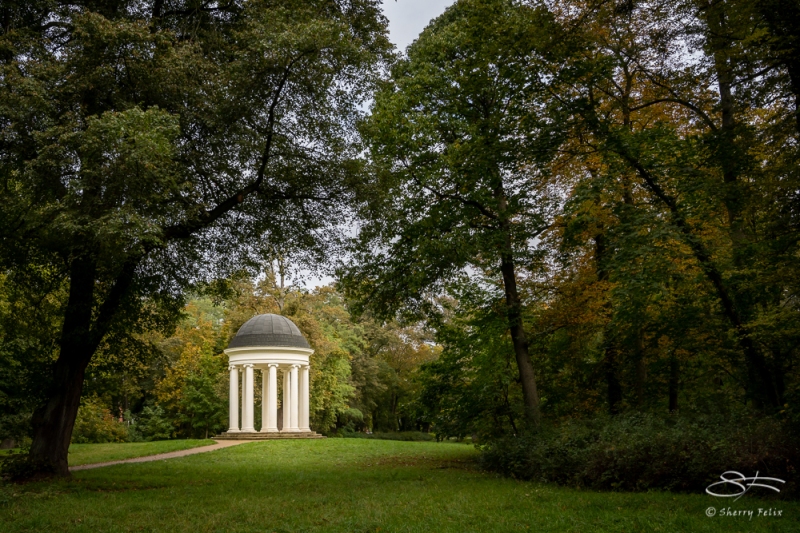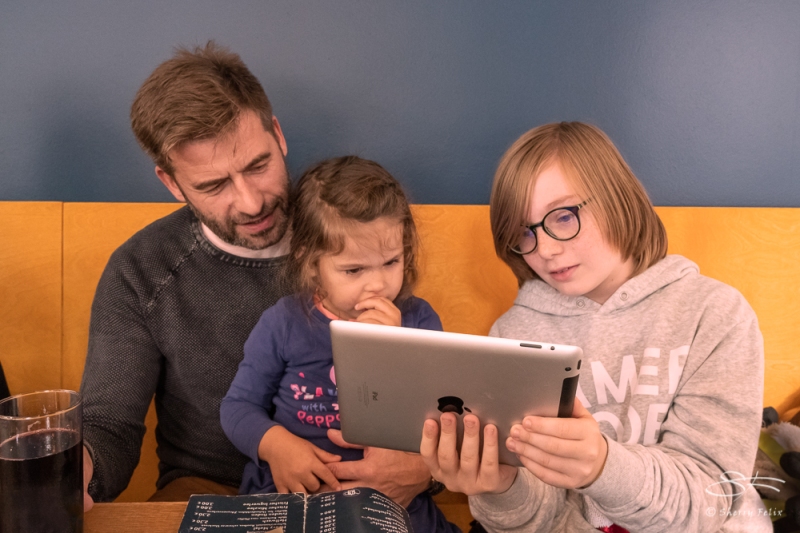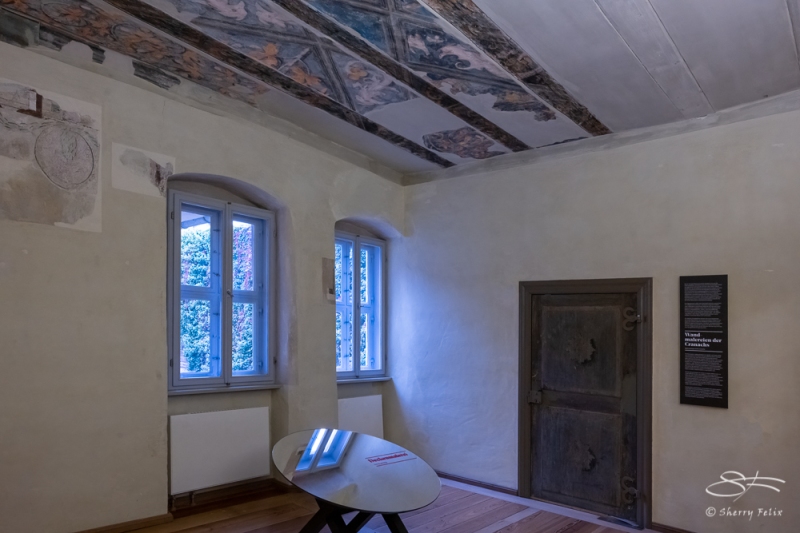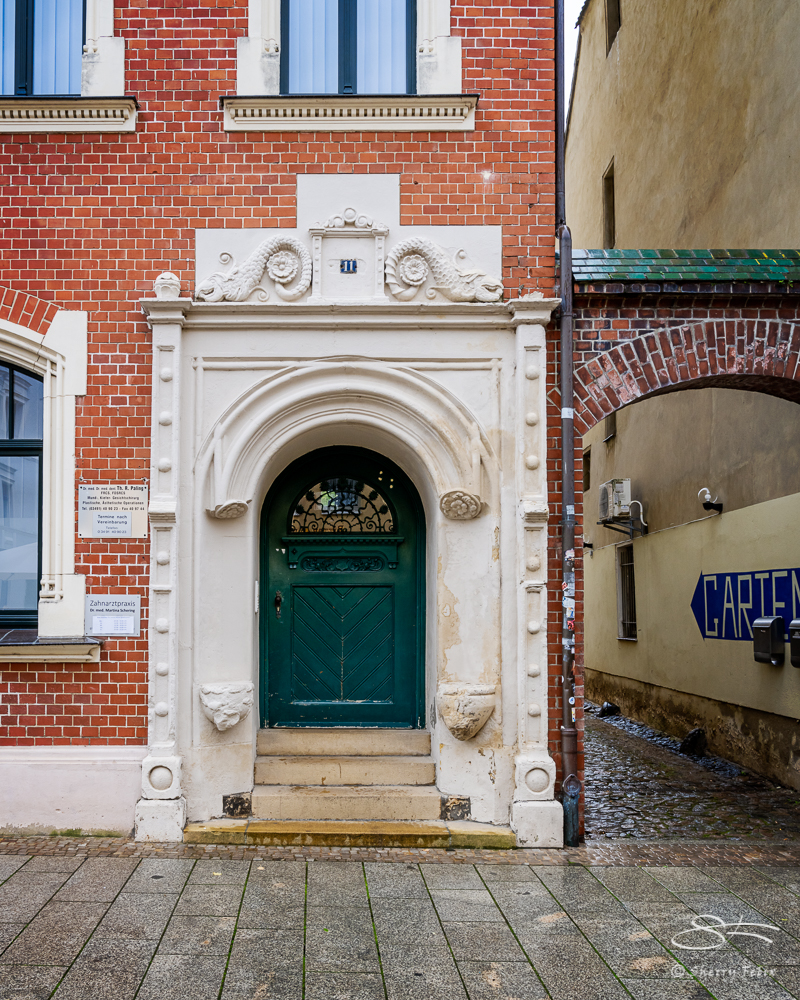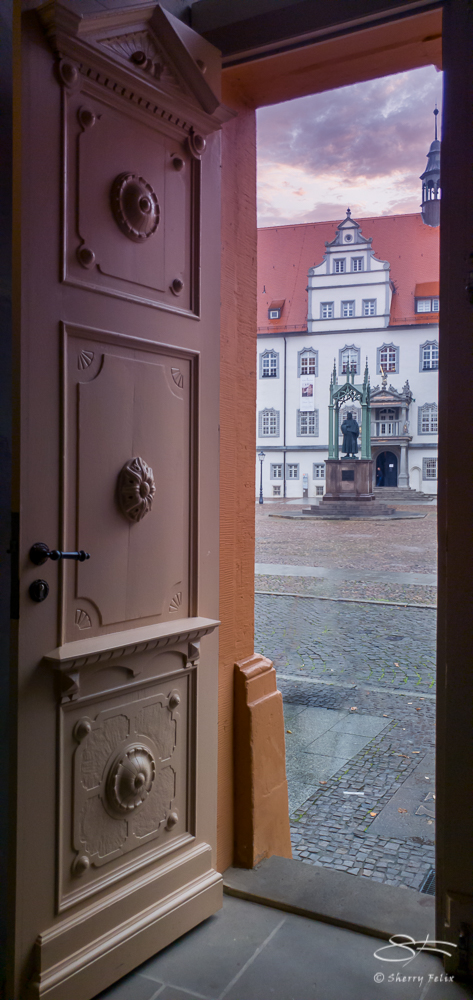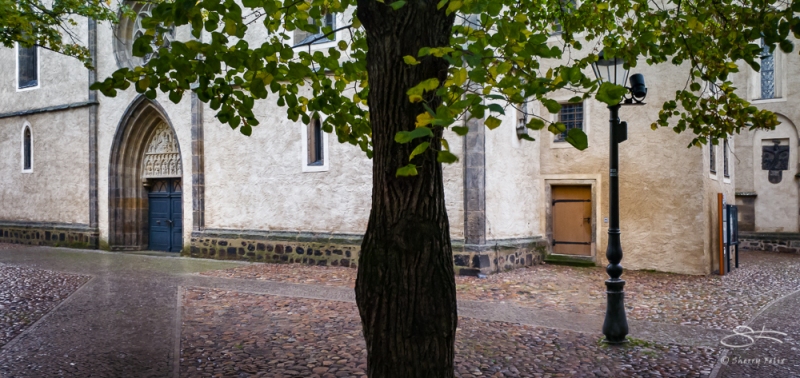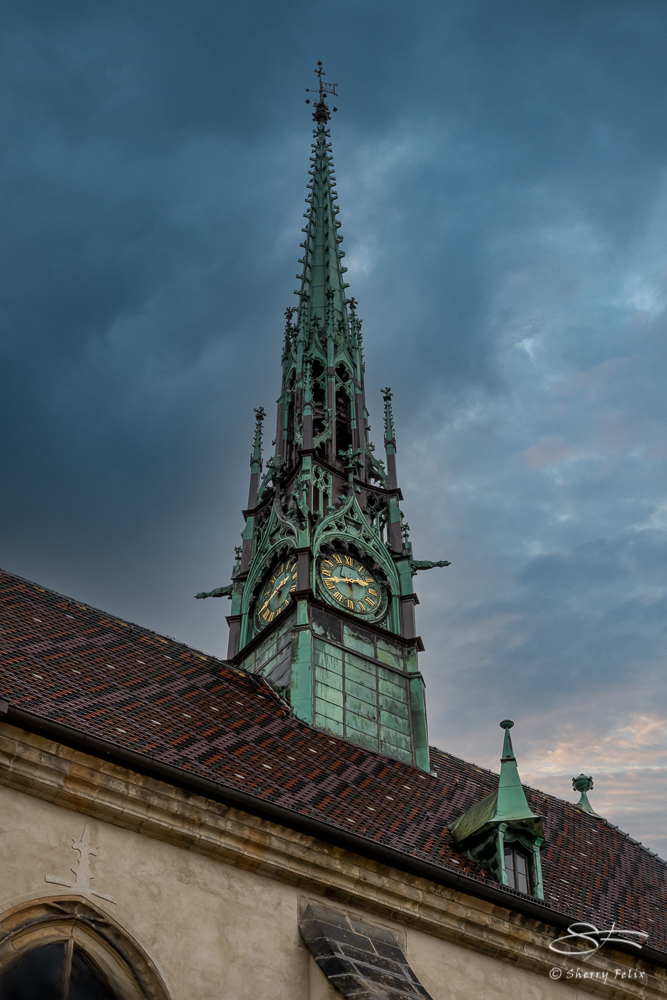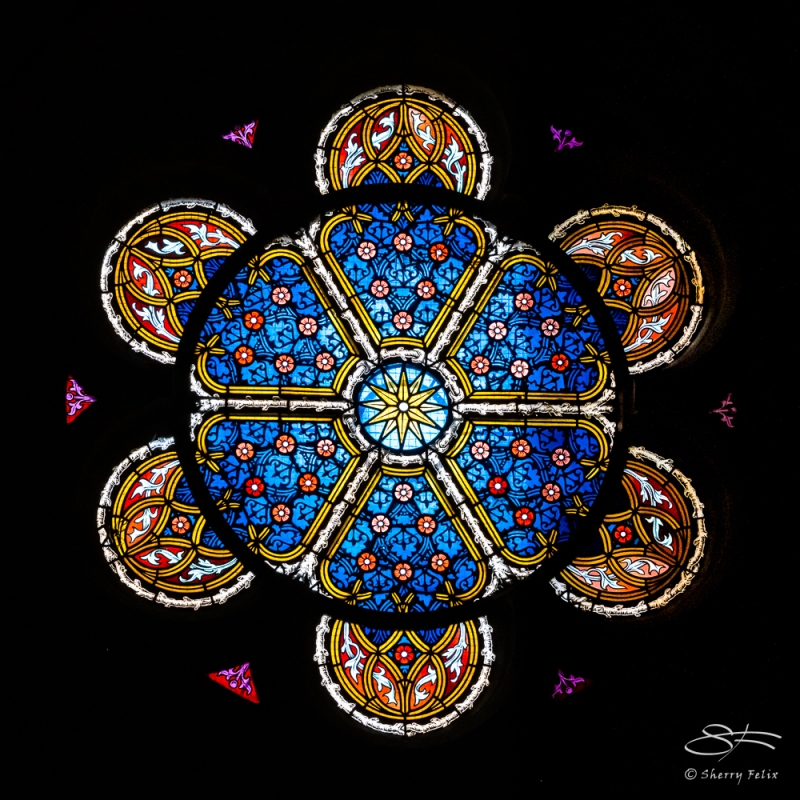What a place! The follies, caves, grottos, waterways, ferries, bridges, and unique vistas are all superb. We didn’t arrive at Wurlitzer until the afternoon. I could have spent another day there. We had a nice dinner at Worlitzer Hof before driving home.
“The Dessau-Wörlitz Garden Realm, (German: Dessau-Wörlitzer Gartenreich) is a World Heritage Site in Germany, that lies between city of Dessau and the town of Wörlitz in Central Germany. It was designated world heritage in 2000. It is one of the first and largest English parks in Germany and continental Europe. It was created in the late 18th century under the regency of Duke Leopold III of Anhalt-Dessau (1740-1817), returning from a Grand Tour to Italy, the Netherlands, England, France and Switzerland he had undertaken together with his friend architect Friedrich Wilhelm von Erdmannsdorff. Strongly influenced by the ideals of The Enlightenment, they aimed to move on from the formal garden concept of the Baroque era in favor of a naturalistic landscape as they had seen at Stourhead Gardens and Ermenonville. Today the cultural landscape of Dessau-Wörlitz encompasses an area of 142 km2 (55 sq mi) within the Middle Elbe Biosphere Reserve in the German state of Saxony-Anhalt.” Source: Dessau-Wörlitz Garden Realm – Wikipedia
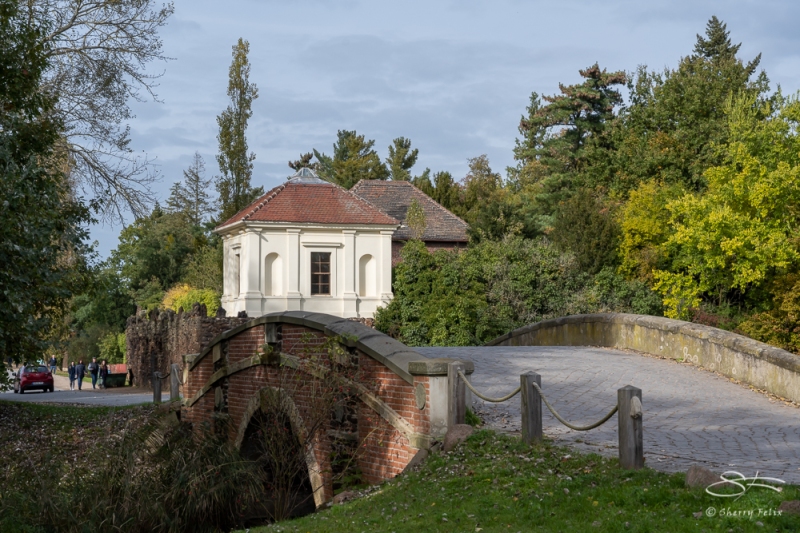
Eisenhart, Worlitzer Park 10/17/2021 
Eisenhart, Worlitzer Park 10/17/2021 
Eisenhart, Worlitzer Park 10/17/2021 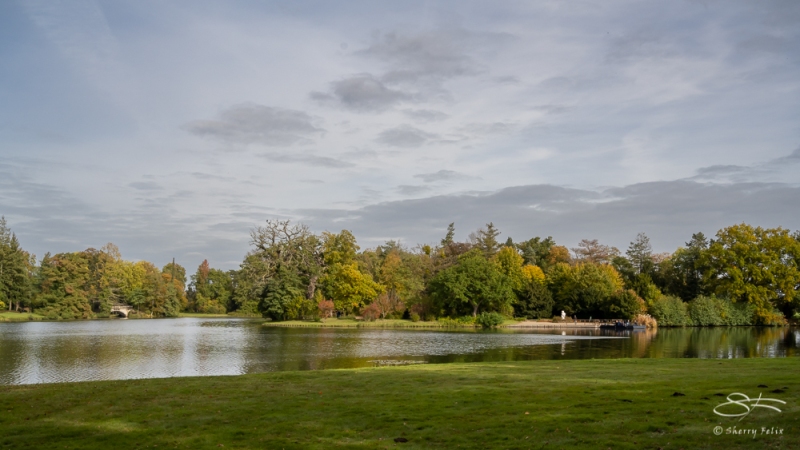
Worlitzer Park 10/17/2021 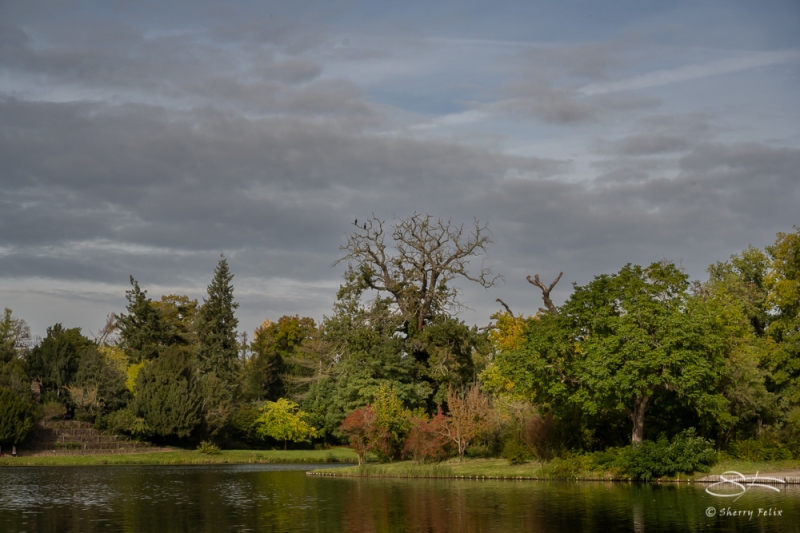
Worlitzer Park 10/17/2021 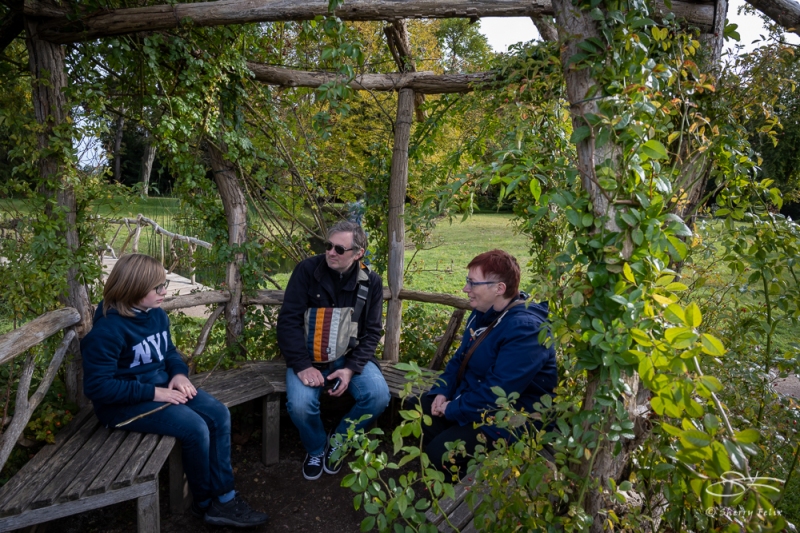
Oscar, Amedeo and Heike at Worlitzer Park 10/17/2021 
Mandarin Duck (Aix galericulata), Worlitzer Park 10/17/2021 
Mandarin Duck (Aix galericulata), Worlitzer Park 10/17/2021 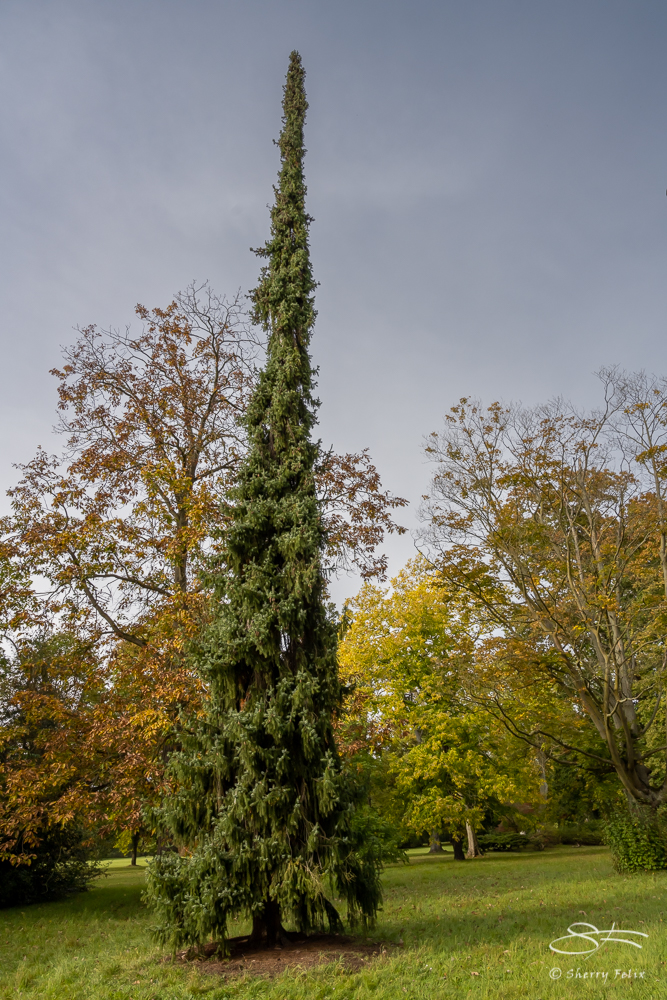
Worlitzer Park 10/17/2021 
Worlitzer Park 10/17/2021 
Caucasian Wingnut (Pterocarya faxinifolia), Elbe river, Dessau 10/17/2021 
Fungus at Worlitzer Park 10/17/2021 
Worlitzer Park 10/17/2021 
Worlitzer Park 10/17/2021 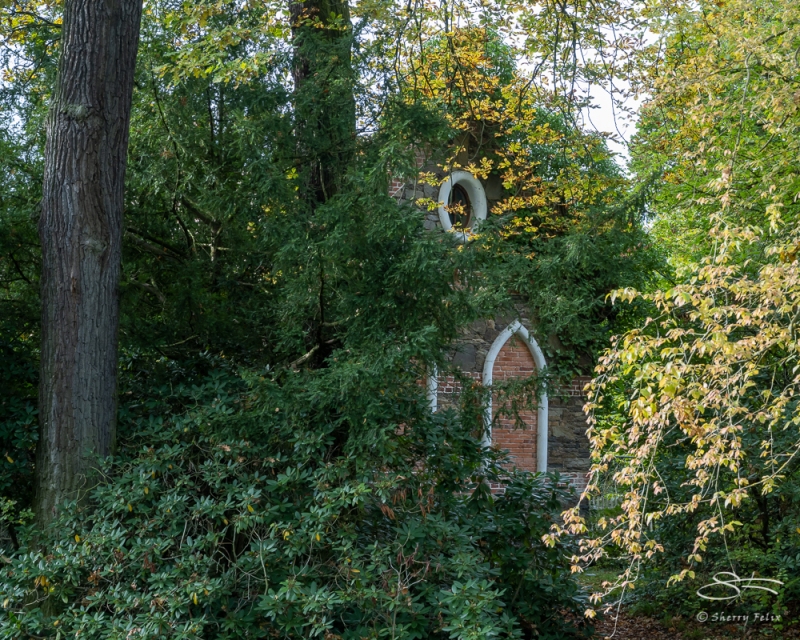
Worlitzer Park 10/17/2021 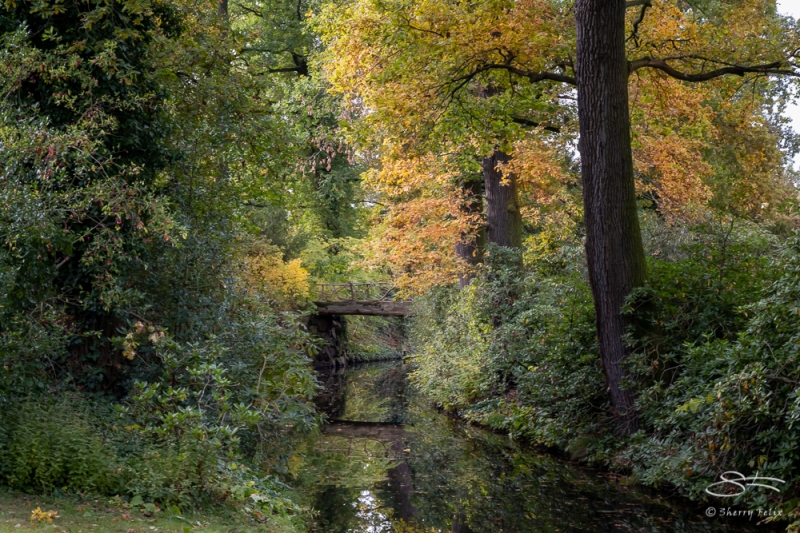
Worlitzer Park 10/17/2021 
Gothic House, Worlitzer Park 10/17/2021 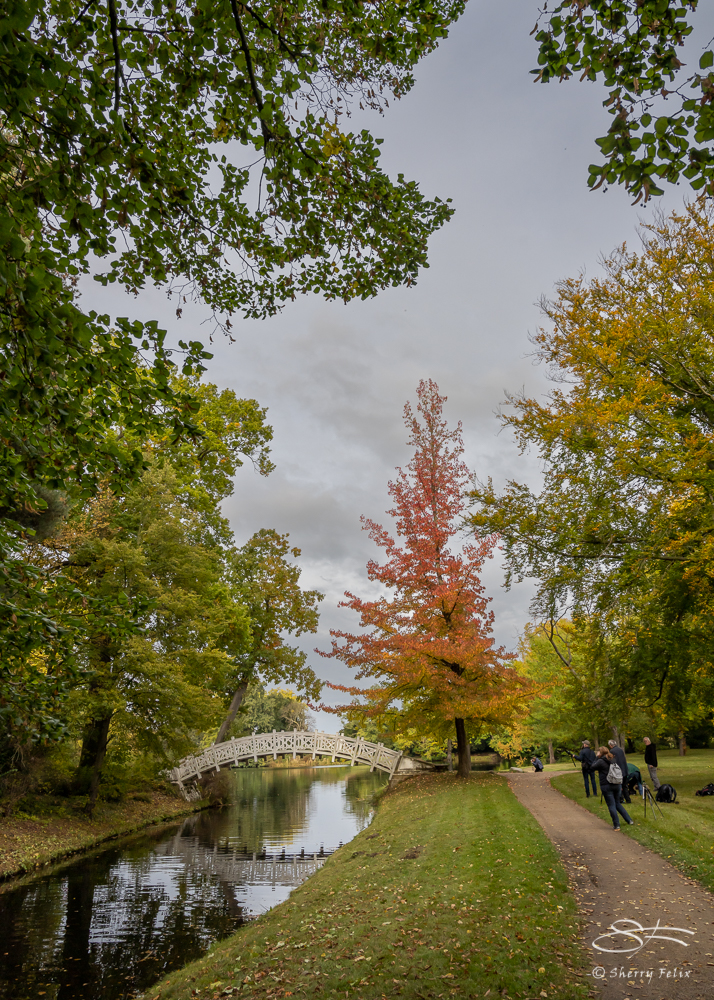
Worlitzer Park 10/17/2021 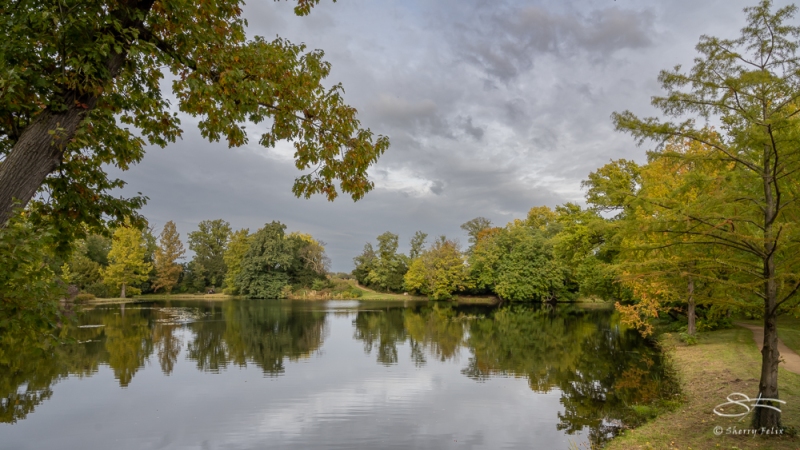
Worlitzer Park 10/17/2021 
Worlitzer Park 10/17/2021 
Worlitzer Park 10/17/2021 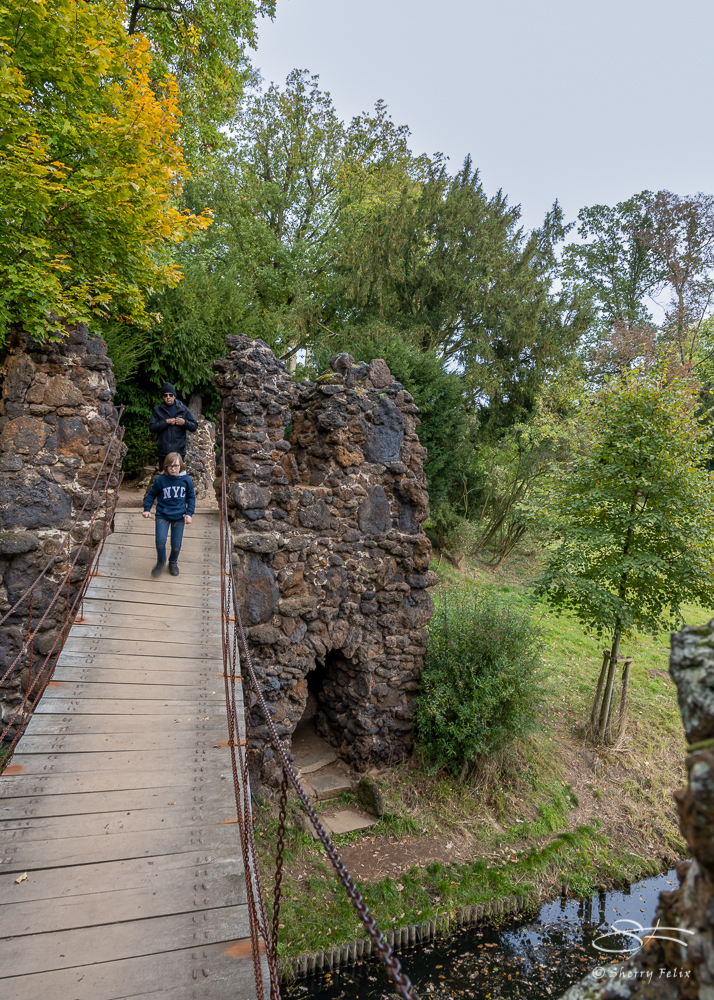
Oscar and Marc on the Kettenbrucke, Worlitzer Park 10/17/2021 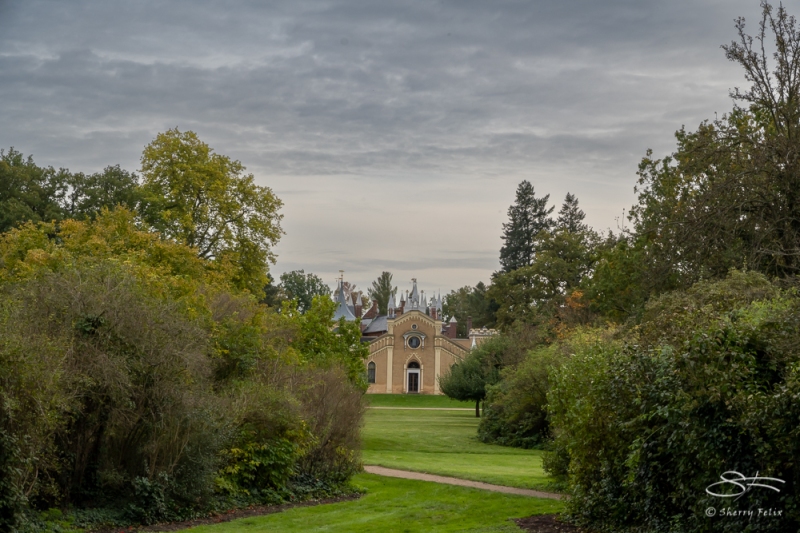
Gothic House, Worlitzer Park 10/17/2021 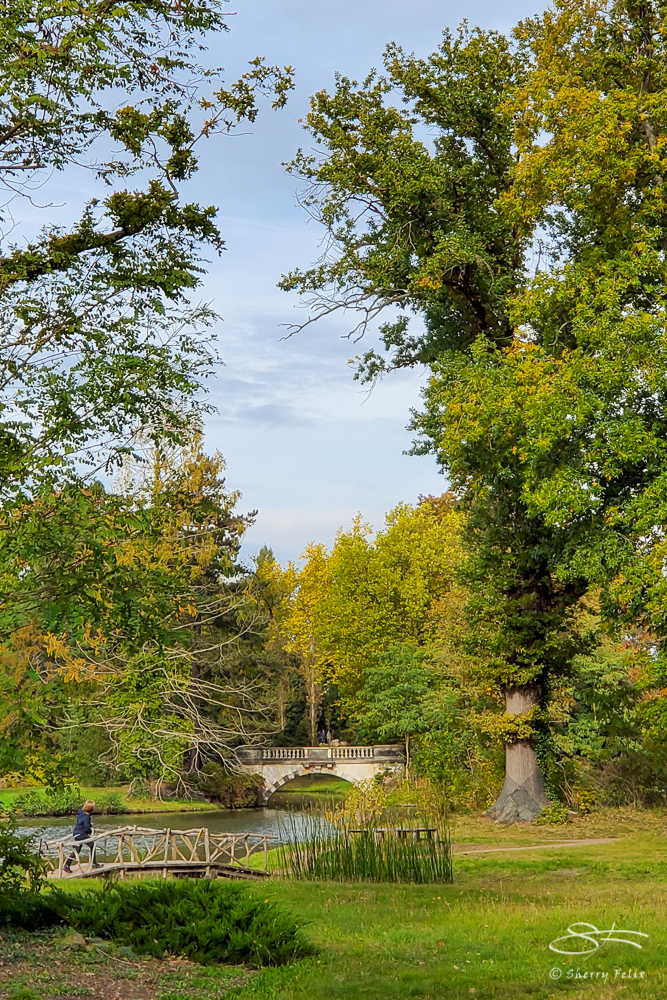
Worlitzer Park 10/17/2021 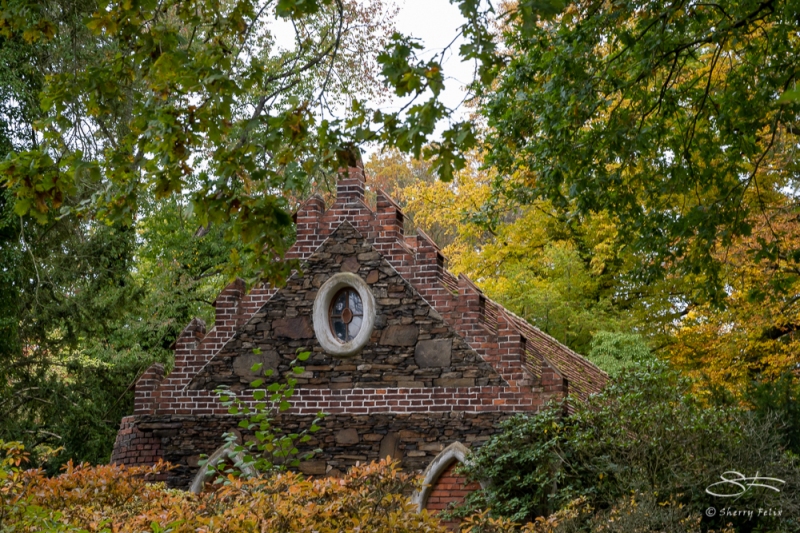
Worlitzer Park 10/17/2021 
Peackock or Indian Peafowl (Pavo cristatus), Worlitzer Park 10/17/2021 
Palm House, Worlitzer Park 10/17/2021 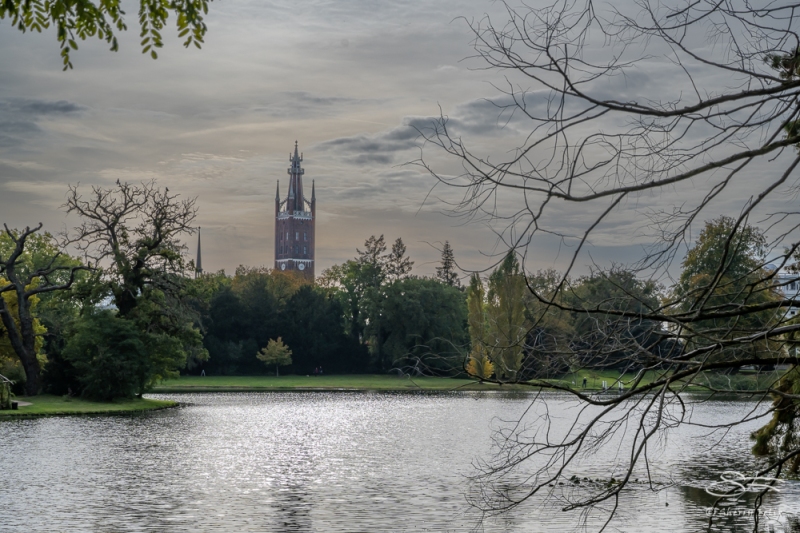
Worlitzer Park 10/17/2021 
Venus Temple (with replaced sky), Worlitzer Park 10/17/2021




























